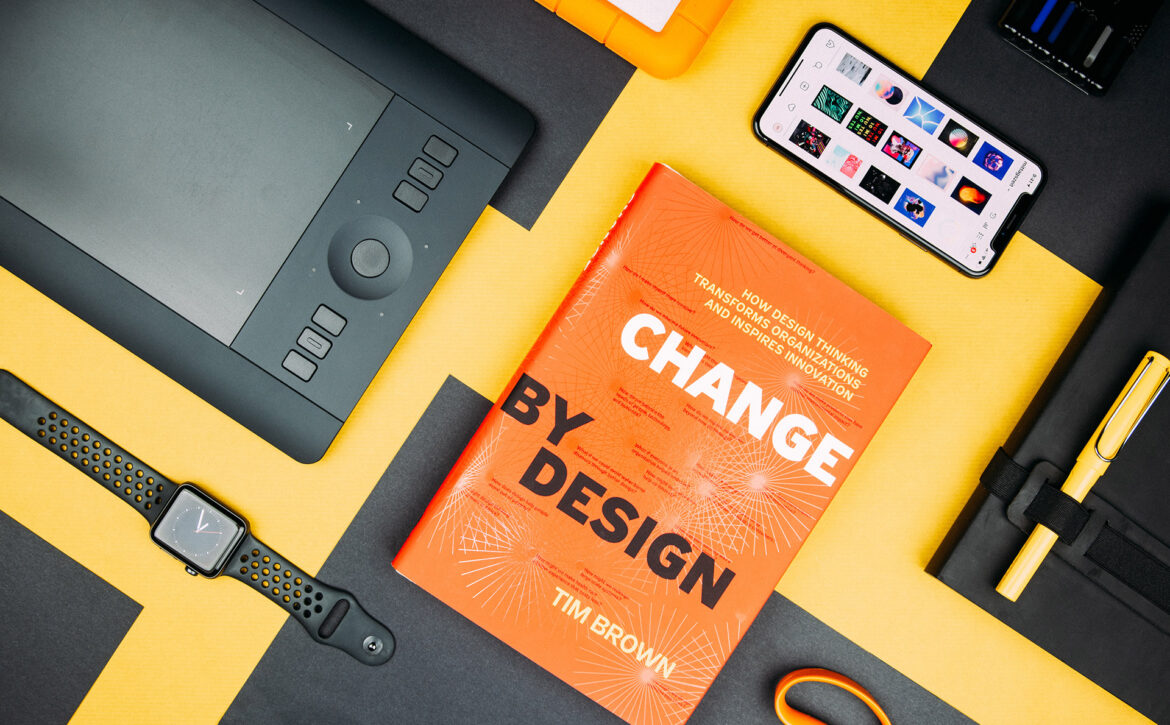20 Best Design Tools
Mastering Creativity: 20 Essential Design Tools for Professionals
Design tools play a crucial role in the creative process, enabling designers to bring their ideas to life. Here is a list of 20 popular design tools used by professionals in various fields:
- Adobe Creative Cloud:
- A suite of design tools including Photoshop, Illustrator, InDesign, and more, widely used for graphic design, photo editing, and publication.
- Sketch:
- A vector-based design tool for macOS, commonly used for user interface (UI) and user experience (UX) design.
- Figma:
- A collaborative design tool that allows teams to work together in real-time on UI/UX projects, prototyping, and design systems.
- InVision:
- A prototyping and collaboration tool that facilitates the design-to-development workflow and user testing.
- Zeplin:
- A tool that helps designers and developers collaborate on design-to-code workflows, providing accurate design handoffs.
- Adobe XD:
- A vector-based design and prototyping tool by Adobe, specifically tailored for UI/UX design.
- Canva:
- A web-based design tool with a user-friendly interface, suitable for creating social media graphics, presentations, posters, and more.
- Procreate:
- An illustration app designed exclusively for iPad, favored by digital artists for its powerful features.
- Gravit Designer:
- A cross-platform vector design tool with features for illustration, UI design, and print projects.
- Affinity Designer:
- A professional-grade vector graphics editor for macOS, Windows, and iPad, offering powerful design capabilities.
- Balsamiq:
- A wireframing tool that allows designers to quickly create low-fidelity sketches for UI/UX projects.
- Marvel:
- A design and prototyping platform that supports collaboration and user testing, suitable for creating interactive prototypes.
- Crello:
- A graphic design tool with customizable templates for creating social media posts, presentations, and marketing materials.
- Adobe Spark:
- A web and mobile-based design tool for creating graphics, web pages, and video stories with ease.
- PicMonkey:
- An online photo editing and graphic design tool with features for touch-ups, collages, and social media graphics.
- Lucidpress:
- A web-based design and publishing tool for creating print and digital content, including brochures, flyers, and magazines.
- GIMP (GNU Image Manipulation Program):
- A free, open-source raster graphics editor with features comparable to Adobe Photoshop.
- Cinema 4D:
- A 3D modeling, animation, and rendering software widely used for motion graphics and visual effects.
- Autodesk SketchBook:
- A drawing and painting app with a wide range of tools, suitable for digital artists and illustrators.
- Lunacy:
- A free graphic design software for Windows that supports Sketch files and offers vector editing tools.
These design tools cater to various needs, from graphic design and illustration to UI/UX design and 3D modeling. The choice of tools often depends on the specific requirements of a project and personal preferences of the designer.






